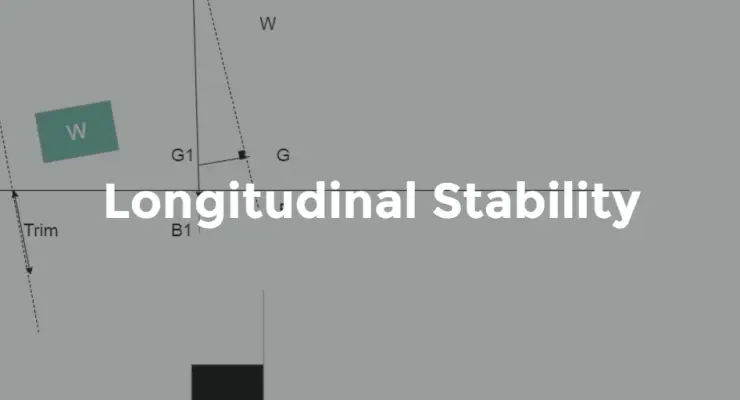Any Ship when at rest in calm water, the COB and the COG will be in a vertical line.Pitch Pitch is caused when a wave changes the underwater volume of a ship, making the forces of gravity and buoyancy to get separated by a distance and forming a couple which leads to dip or uplift in the bow or the stern of vessel. The up and down movement of the ship's ends, due to longitudinal shift of COB resulting from wave action, is called pitch.If a wave cause an increase in the underwater volume aft, and a decrease fwd, the COB will shift aft. The forces of gravity and buoyancy will now get … [Read more...]
